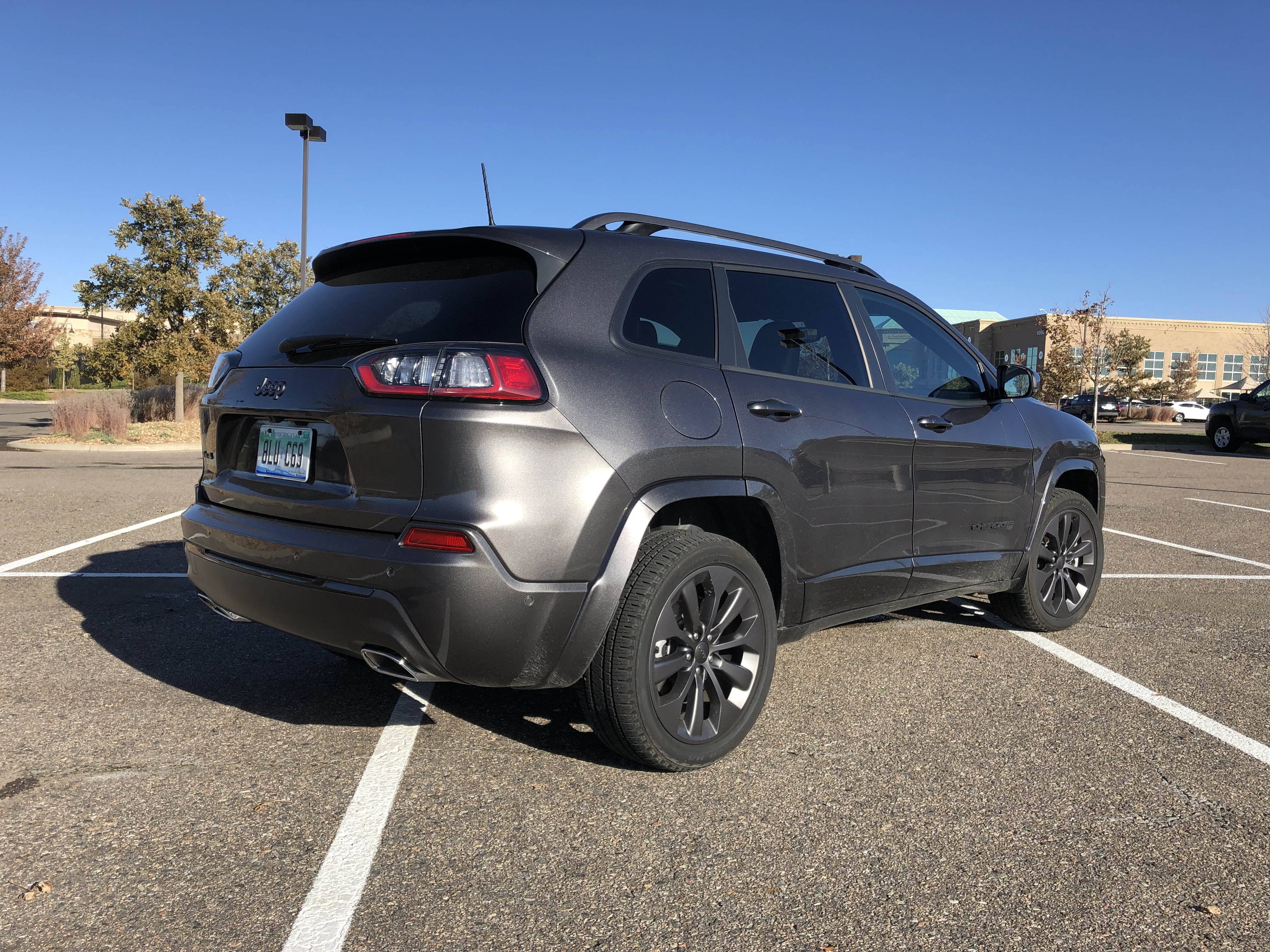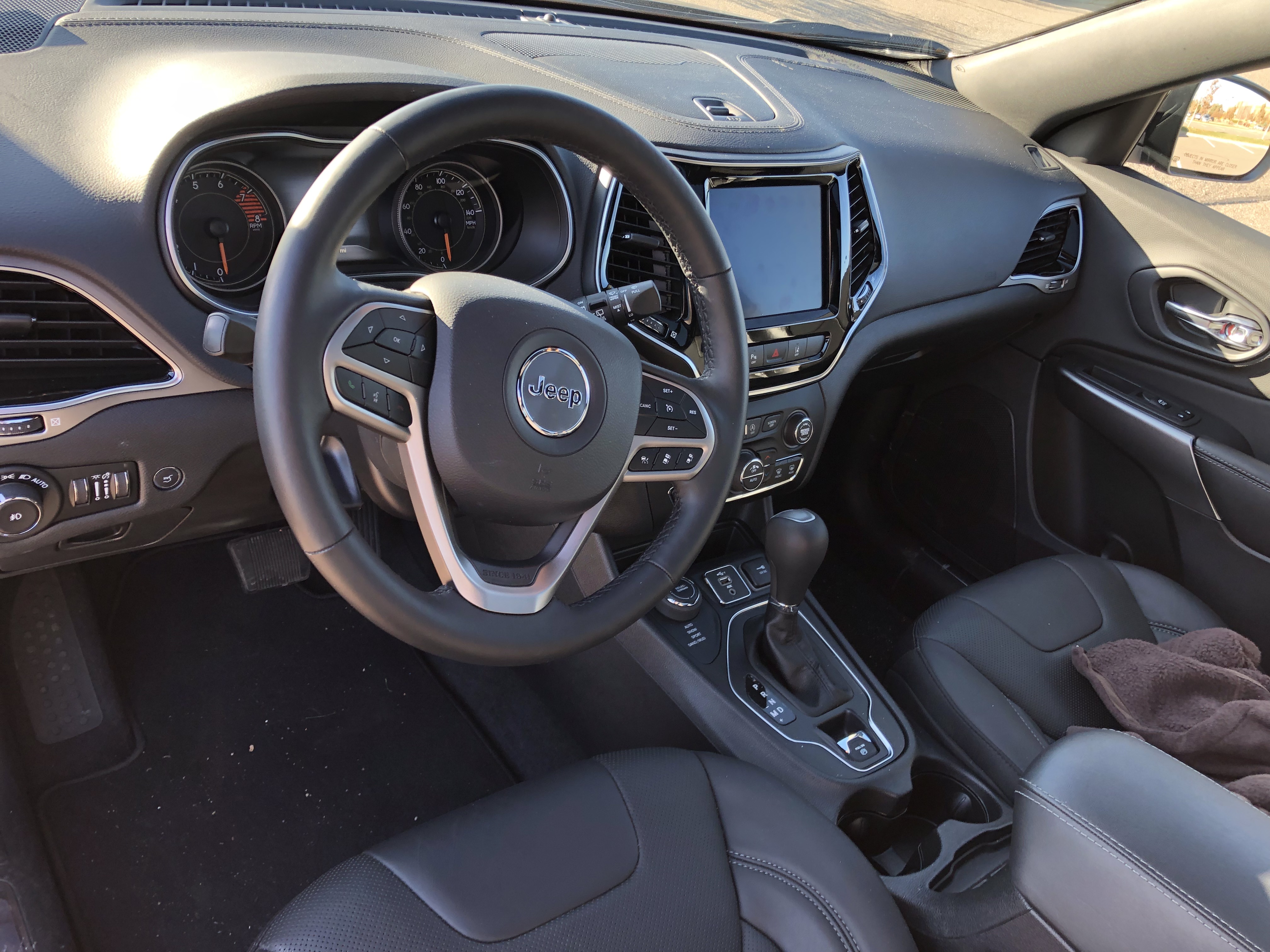We drove a 2019 Jeep Cherokee Limited, and here's what we came up with.
The Jeep Cherokee is exactly what you might expect—a smaller, less expensive variant of its larger sibling, the Grand Cherokee. Both possess a unibody construction, both share the same UConnect infotainment architecture, and both are going to get you where you want to go comfortably. The Grand Cherokee, as you might imagine, is larger, offers more engine, and likewise, a little more in the way of off-road capability. But, is it worth the extra $7,995? It depends on who you are.
For me, I prefer the $87K, 707-horsepower Grand Cherokee Trackhawk. Other Coloradans might be looking for off-road-ready Trailhawk, but if you're reading this, you're likely a practical, rational individual looking for a vehicle that's capable, efficient, and great to use every day. Well, the Cherokee ticks all of those boxes. And in many regards, it's actually better for day-to-day use.

The Cherokee Limited, with its 3.2-liter V6, is rated at 27 mpg on the highway and 19 mpg in the city, for a combined 22 mpg. That's better than its larger brother, but quite a bit less than other crossovers, like the Honda CR-V, which offers up to 34 mpg on the highway. On the flip side, the Cherokee's six-slugs offer 271-horsepower and can tow up to 4,000 pounds whereas the CR-V is rated at 190-horsepower and tows a meager 1,500 pounds.
If that gets you excited, be sure to put the Cherokee into "sport mode". That'll tell the Cherokee's 9-speed automatic transmission to quit slouching. Unlike some vehicles, the difference is definitely detectable.
Handling and braking on the Cherokee, like many other crossovers in its class, is very car-like and pleasant to use every day. When it comes to road manners, it's not trying to be anything that it's not—just a solid-feeling run-of-the-mill crossover.
Then, there's the size. For grocery runs, soccer practice, and trips to the slopes, both the Cherokee and Grand Cherokee are going to have plenty of space for gear. However, at a crowded trailhead or a night downtown, the smaller more maneuverable Cherokee—3.3 inches narrower, and 8.2-inch shorter wheelbase—is preferred. People generally don't use all of the space of larger SUVs, so why make life harder?
If we had to bet, we'd say that the Cherokee is likely the perfect size for most families or those who lead an active lifestyle.

In the end, our tester rang in at $41,620, and it afforded its occupants heated/ventilated seats, a heated steering wheel, adaptive cruise control, 360-camera, blindspot detection, a panoramic sunroof the size of a football field, and FCA's brilliant UConnect infotainment system. But for that price, I felt like the interior could've been elevated a little more. They could've done a better job hiding some of the cheap plastics and they could've offered three modes for the transmission (eco, regular, and sport) rather than two.
But hey, it's a Jeep, and it's got a heated steering wheel—so, I'm happy!
What are your thoughts? Let us know in the comments below.
